…Years have passed, but the victory of our people in the resistance war against the US to save the country will forever go down in national history as one of the most brilliant pages, a shining symbol of the complete victory of revolutionary heroism and human intelligence, and will go down in world history as a great feat of the 20th century, an event of great international significance and profound contemporary significance…” (1) .
Through the 1975 Spring General Offensive and Uprising, culminating in the Ho Chi Minh Campaign, our people gloriously ended the extremely arduous and sacrificial revolutionary war that lasted for 30 consecutive years (1945-1975), completely defeating the "two great empires" of French colonialism and American imperialism.
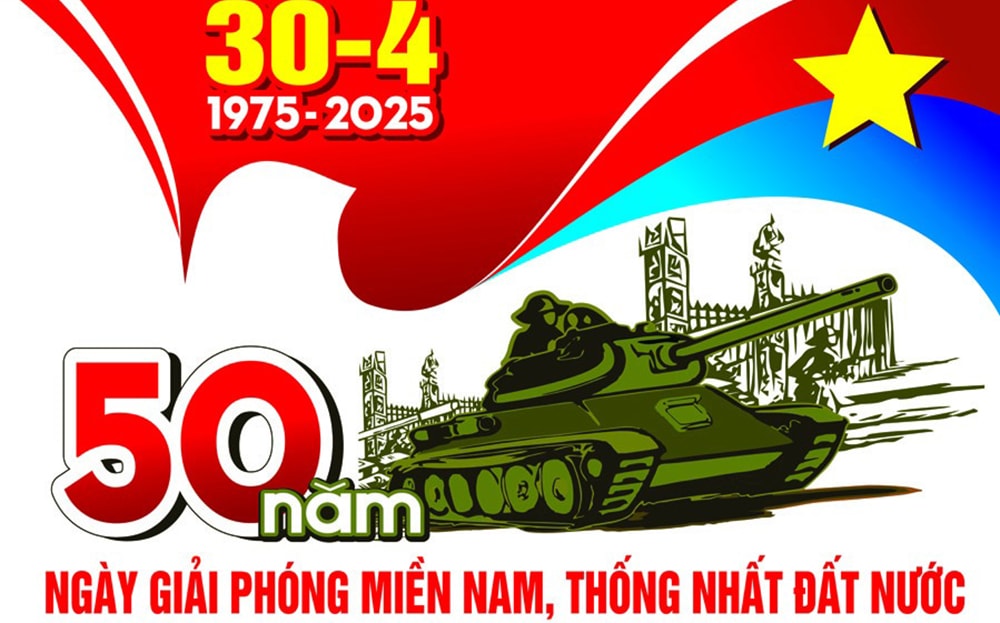
During that long march, the great victories on the battlefields of the North and South forced the US imperialists to sign the Paris Agreement (January 27, 1973) and withdraw their troops. Our people fulfilled Uncle Ho's instructions to "fight to drive the Americans out" and mobilize the total strength of the nation to "fight to overthrow the puppet regime".
The cause of "defeating the puppet regime" to "reunite North and South" (2) with the wise and creative decisions of our Party was recorded in the historical conferences of the Party Central Committee and the Politburo in 1973, 1974, and 1975.
First of all, the 21st Conference (July 1973) discussed the direction and tasks of the revolution in the South and the 22nd Conference (December 1973) discussed the economic recovery and development in the North and support for the South. From these conferences, the Politburo established the "Central Group" to develop the Southern Liberation Plan under the Central Military Commission. From September 30, 1974 to October 8, 1974, the Politburo held an expanded meeting with the participation of comrades in the Central Military Commission and the General Staff of the People's Army. After analyzing the situation in all aspects, the Politburo affirmed:... "This is the most favorable opportunity for our people to completely liberate the South, gain complete victory for the national democratic revolution, and at the same time, help the people of Laos and Cambodia complete the cause of national liberation. There is no other opportunity besides this opportunity..." (3) .
From that guiding ideology, Spring 1975 was the Spring when the whole country went to war. The North "each person worked as hard as two", "tipped the pot of rice" to feed the battlefield, fought big, "there was more than enough rice, more than enough soldiers", just the recruitment period at the end of 1974 was equal to the recruitment number of 1971, 1972, 1973 combined.
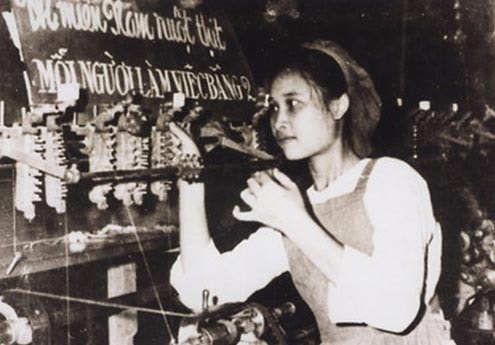
Across the battlefields from Quang Tri to Ca Mau, Spring 1975 became the “Spring of the Battle”. On December 13, 1974, the Central Military Commission decided to launch the Route 14 Phuoc Long Campaign. This was a large-scale campaign, with combined arms operations at the Corps level. The campaign’s goal was to liberate Phuoc Long province, connecting the Ho Chi Minh Trail to Bu Gia Map, pressing the liberated zone all the way to the Saigon lair, which was a “strategic test” to confirm the assertion: America could not return to the Southern battlefield when our army launched a general offensive and uprising.
The simultaneous attacks of our army pushed the Saigon puppet government into a strategic passive position. Seizing the opportunity, from December 8, 1974 to January 7, 1975, the Politburo continued to meet (phase 2) with the participation of key leaders of the Southern battlefields, Zone V, Zone IV, and the General Staff. Three major issues were discussed in detail to clarify: 1. Comparison of our forces and the enemy's; 2. Requirements to be achieved within 2 years (1975-1976); 3. Specific tasks on the battlefields.
The conference was updated daily with victories on the battlefields, the feat of completely liberating Phuoc Long town, capturing more than 15,000 tons of ammunition and artillery of all kinds, opening up a new direction of "using enemy weapons to fight the enemy".
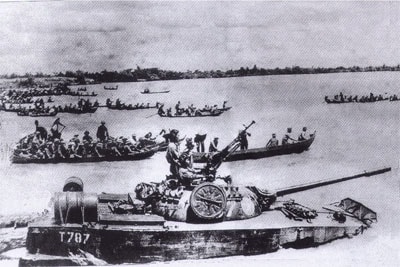
The conference made important observations: 1. We have taken the initiative on the battlefield; 2. We have consolidated and completed the strategic position from North to South; 3. We have successfully built mobile main force corps in mountainous areas, and gathered strategic reserves in important areas; 4. We have improved the situation in the countryside and plains, and are ready for the uprising movement of the masses; 5. The political struggle movement under the slogan of peace, independence, and national reconciliation is on the rise; 6. Progressive people around the world are strongly supporting; 7. The situation of the puppet army and puppet government when the US withdraws, the US cannot return and it is difficult to stand firm.
The conference concluded: “We must urgently prepare all aspects to successfully end the war of national salvation in 1975 or 1976. We must try our best to win completely in 1975. That is a realistic possibility” (4) . At this conference, the Draft Plan for the Liberation of the South (8th supplementary draft) of the General Staff was approved and an additional plan was added: When the opportunity comes, liberate the South in 1975.
The Phuoc Long victory was the theoretical and practical basis for the Politburo to come to a conclusion clearly stating the tasks of the entire Party, the entire people, and the entire army at this time: “Seize the historical opportunity, launch many comprehensive and consecutive campaigns, fight decisive battles, end the resistance war against the US, complete the National Revolution and the People's Democratic Republic in the South, move towards national reunification, bring the whole country to socialism, move towards a general offensive and uprising, defeat the enemy at their most important lair in Saigon to end the war... Fighting this final battle is first of all the task of the military and political forces on the Southern battlefield, including the Saigon - Gia Dinh forces, and at the same time the task of the army and people of the whole country, in which the main force of the Region and the main force Corps from other battlefields play a decisive role (6) .
On January 9, 1975, the Central Military Commission held a meeting to expand the implementation of the Politburo's Resolution and decided to launch the Central Highlands Campaign. On March 4, 1975, the Central Highlands Campaign was launched. The victory of this campaign with the acupoint attack at Buon Me Thuot created a fundamental change in the balance of forces, the enemy fell into a passive position, collapsed and disintegrated strategically, leading to clustering and coping on the battlefields.
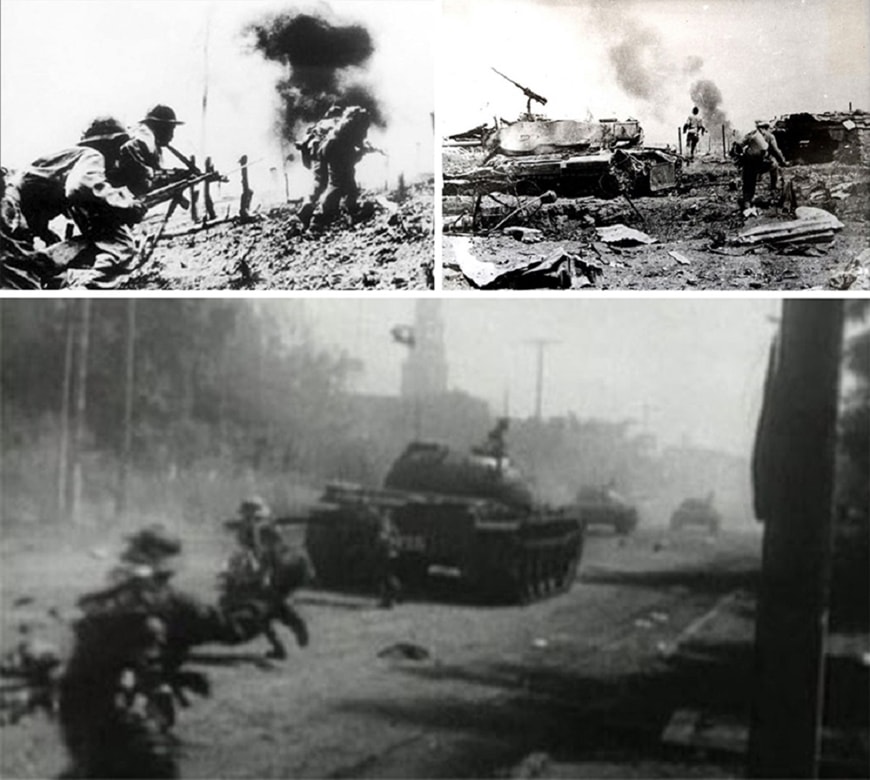
In coordination with the Central Highlands Campaign from March 5 to 29, our army launched the Hue - Da Nang Campaign, causing the enemy to suffer heavy losses in both numbers and material, and seriously reducing their morale. On our side, the more we fought, the more experience we accumulated, and the more weapons, equipment, and supplies we captured from the enemy. The fighting strength of our army corps increased significantly. In particular, local forces created conditions for the main army corps to quickly dominate the battlefield.
In that context, on March 31, 1975, the Politburo met and made the assessment: “In terms of strategy, military and political forces, we have overwhelming strength, the enemy is facing the risk of collapse and destruction… The opportunity to launch a General Offensive and Uprising in Saigon - Gia Dinh is ripe. From that assessment, the Politburo decided: “We must grasp the strategic opportunity, determined to carry out a General Offensive and Uprising, ending the liberation war in the shortest time. It is best to start and end in April this year…” (6) .
To carry out that determination, on April 7, 1975, General Vo Nguyen Giap - Secretary of the Central Military Commission, Minister of National Defense sent a historic telegram to the units: “Faster, faster! Bold, bolder! Seize every hour, every minute, rush to the front, liberate the South. Determined battle and total victory” (7) .
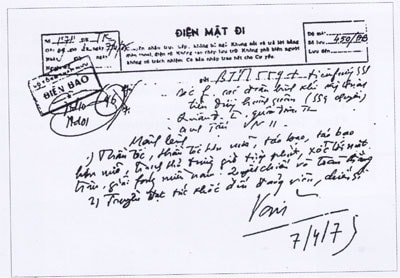
The telegram became a call to encourage and motivate officers and soldiers on the battlefields to enthusiastically compete to make achievements. The combined army corps and branches, along with many engineering, air defense, artillery, tank, and special forces units, rushed to the key battlefields with great enthusiasm, fighting the enemy as they went, clearing the way and fighting the enemy.
On April 6, 1975, the Command of the Saigon - Gia Dinh Liberation Campaign was established. The Politburo appointed Comrade Van Tien Dung as Commander, Comrade Pham Hung - Political Commissar, Senior Lieutenant General Tran Van Tra as First Deputy Commander and Chief of Staff, and Comrade Le Duc Anh - Deputy Commander. (On April 22, Senior Lieutenant General Le Trong Tan - Deputy Commander, Lieutenant General Le Quang Hoa - Deputy Political Commissar were added).
On April 14, 1975, the Politburo and the Central Military Commission approved the final plan to liberate Saigon - Gia Dinh. The plan determined that the enemy would be attacked from five directions. The plan was to carry out a quick, decisive attack to completely disintegrate the enemy, protect the people, and protect economic and cultural facilities. The Politburo stated: “… We have all the conditions and capabilities to achieve total victory in the shortest, fastest time…” (8) .
On the same day, April 14, 1975, in response to the wishes of the people and the People's Armed Forces on the battlefields, the Politburo approved the proposal of the Campaign Command to name the offensive campaign to liberate Saigon - Gia Dinh the Ho Chi Minh Campaign.
The good news of the campaign named after beloved Uncle Ho to the entire army and people created new strength, strongly encouraging the bold and swift spirit of our army and people.
At 5:00 p.m. on April 26, 1975, the opening shots of the campaign named after Uncle Ho began. From five directions: Northwest, Northeast, East, and Southeast of Saigon, the deep penetration troops led by tanks gradually destroyed the enemy's outer defense areas. The enemy was completely strategically disrupted. From the afternoon of April 28, 1975, the enemy's defense lines no longer received orders or instructions from the General Headquarters and the arbitrary evacuation and escape began.
On the night of April 28, the Campaign Command ordered troops from five directions to simultaneously attack Saigon, and at the same time, instructed Military Region 8 and Military Region 9 to coordinate attacks to liberate the South. At 5:00 a.m. on April 29, 1975, our troops attacked the enemy's defense points in the inner city. The units were full of enthusiasm to attack and capture the assigned targets.
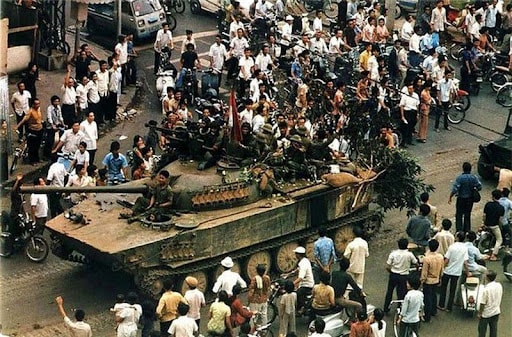
After 3 days and nights of continuous, daring, and lightning-fast fighting, our troops smashed the outer and inner defensive lines of the puppet army, disintegrating most of the enemy's well-trained main units, such as Divisions 5, 25, 22, 18, and 7. On the morning of April 30, 1975, our troops rushed into Saigon from all directions. The slogan "Forward! Total victory is ours" was written on the brims of hats, tanks, and troop transport vehicles. Our troops quickly occupied the headquarters of the Air Force Command, the puppet Airborne Division Command, and controlled Tan Son Nhat airport. At 10:45 a.m., we attacked the Independence Palace and captured the entire Saigon government, forcing President Duong Van Minh to declare: Unconditional surrender. At 11:30 a.m., the revolutionary flag flew on the roof of the Saigon government's Presidential Palace. The Ho Chi Minh Campaign was a complete victory. The whole nation resounded with the song "As if Uncle Ho were here on the day of great victory" to successfully end the resistance war against the US to save the country, completely liberate the South, and unify the country.
***
Evaluating the great victory of Spring 1975, General Vo Nguyen Giap wrote: “In the process of the Vietnamese revolution since the Party was founded, there have been three golden milestones: the August General Uprising, the Dien Bien Phu Victory and the Great Victory of Spring 1975 - great victories that will forever shine in history books. Our people have created a miraculous story that seemed impossible to achieve in the 20th century. For the first time in history, a nation that was a semi-feudal colony with an underdeveloped economy defeated great imperialist powers mainly by its own strength, setting an example of bravery, indomitability, intelligence and talent before the whole world" (9) .
The concept of “own strength” that the General mentioned is the culture of defending the country of the Vietnamese people and nation. It is also the reason why it took more than 10 years for US strategists to explain why a rich and powerful country like the US was defeated by a small, small, and underdeveloped nation like Vietnam.
------------
Source:
(1) Documents of the 4th National Party Congress - National Political Publishing House - H- 1976. P58.
(2) Uncle Ho's New Year's greetings poem Spring 1968
(3) Lawsuit against the Communist Party of Vietnam. National Political Publishing House – Hanoi, 2005- p19
(4) Same source, p25
(5) Same source, p28
(6) Same source, p31
(7) Ho Chi Minh Campaign. People's Army Publishing House 1999, page 148
(8) Same source, p150
(9) Same source, p175
Source: https://baonghean.vn/dai-thang-mua-xuan-1975-gia-tri-lich-su-thoi-dai-cua-van-hoa-giu-nuoc-10295697.html


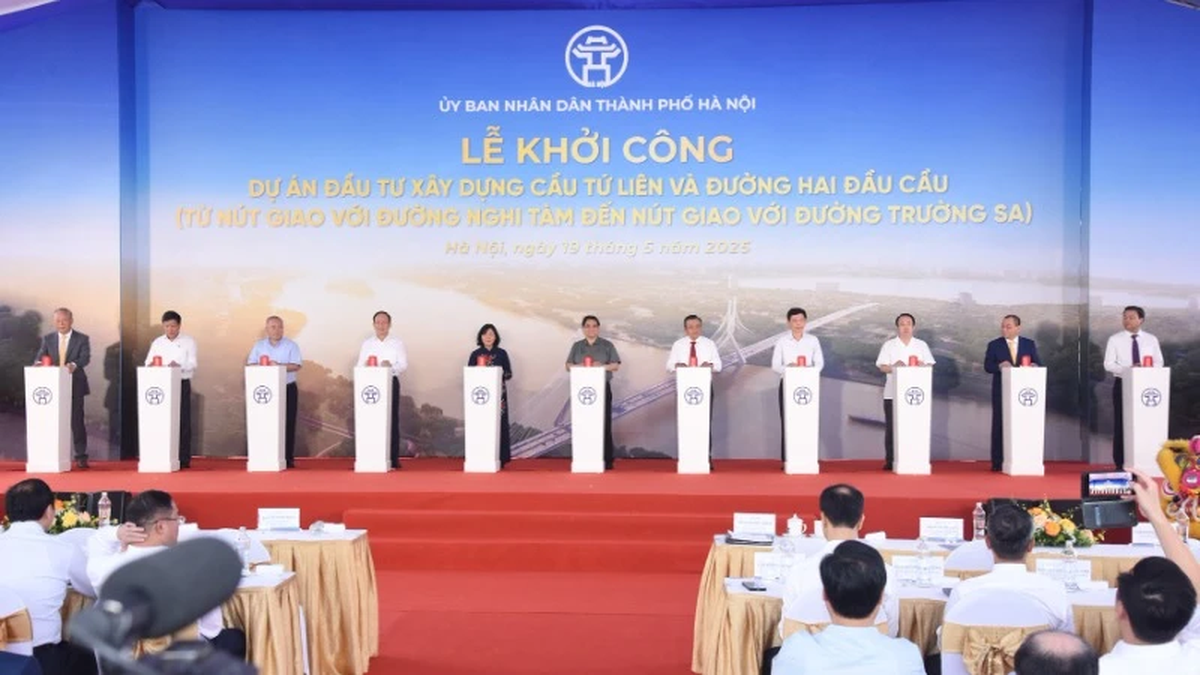

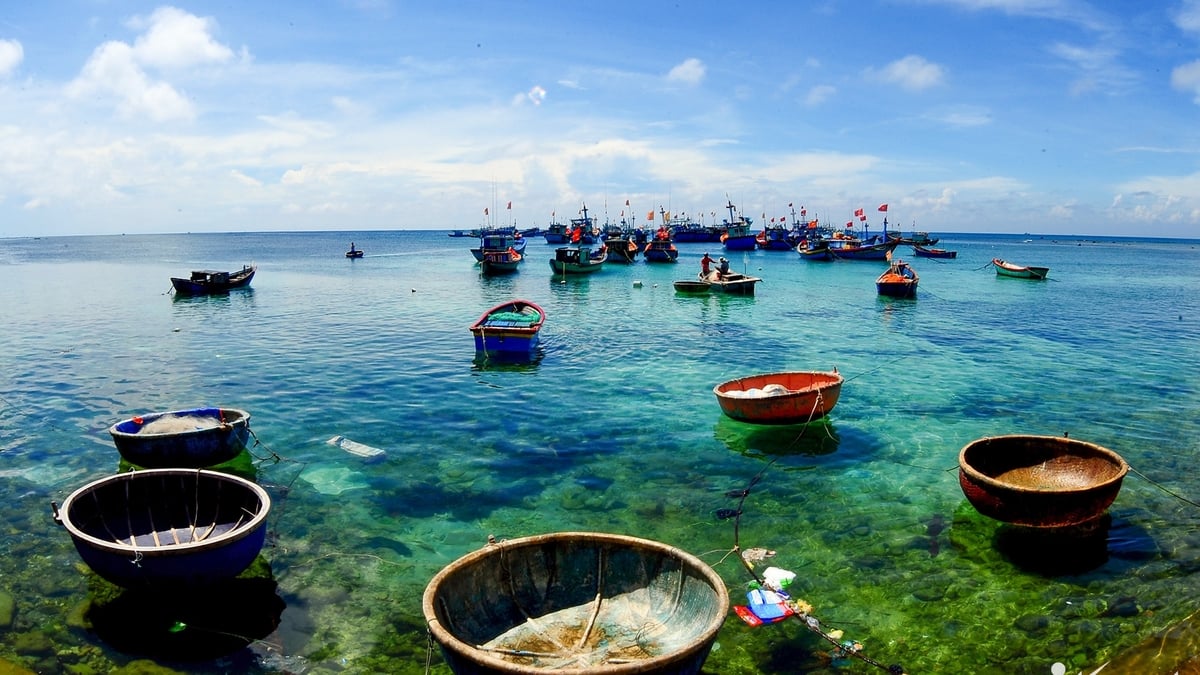
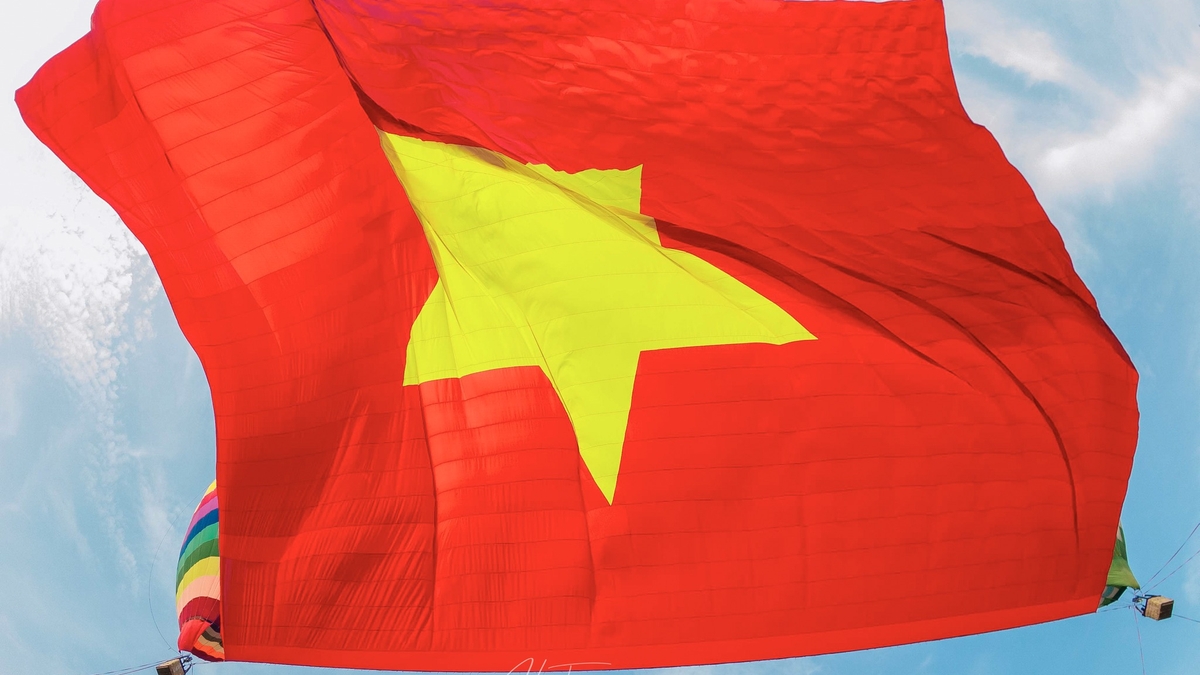
![[Photo] Party and State leaders visit President Ho Chi Minh's Mausoleum](https://vphoto.vietnam.vn/thumb/1200x675/vietnam/resource/IMAGE/2025/5/19/d7e02f242af84752902b22a7208674ac)
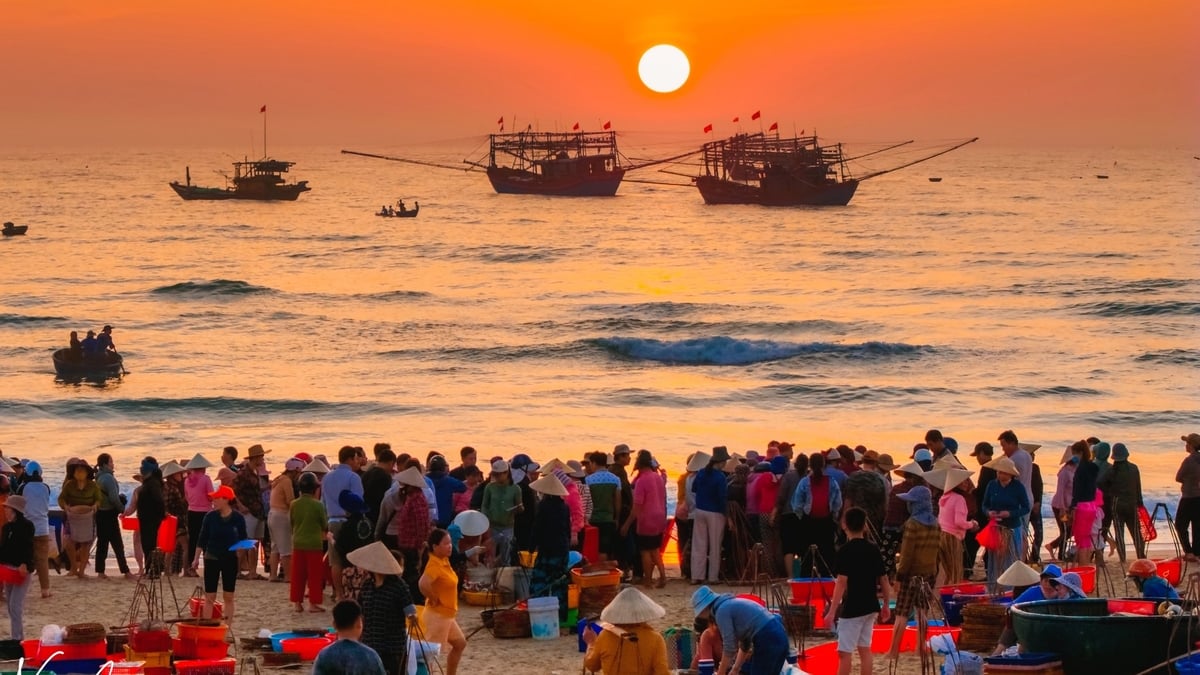
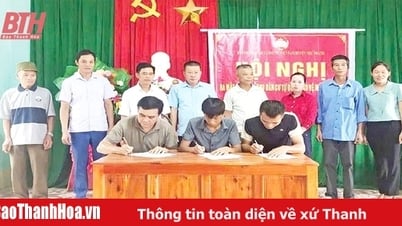

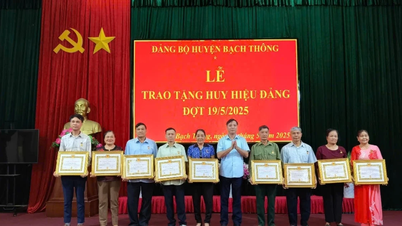

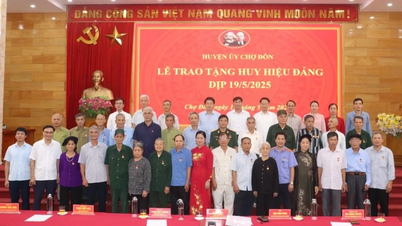
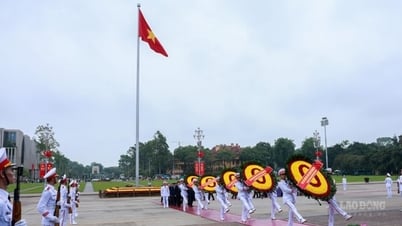

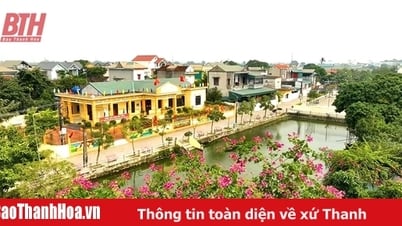
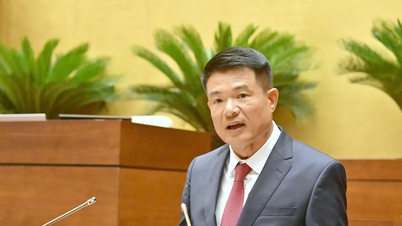





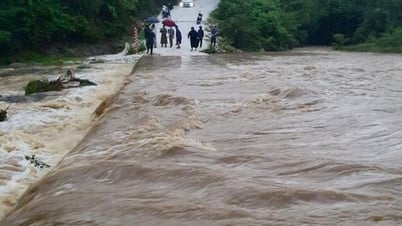


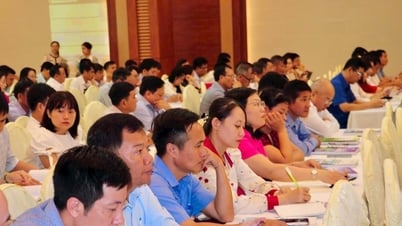
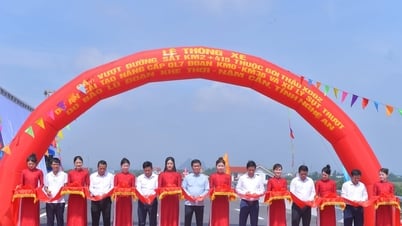
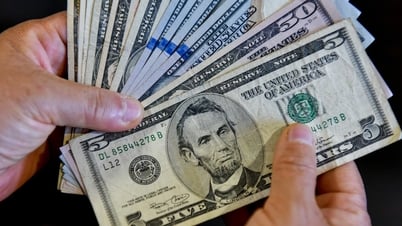


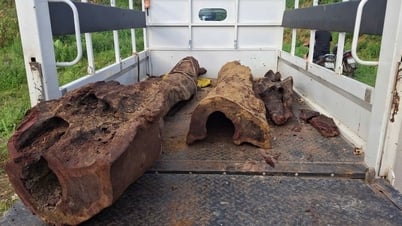

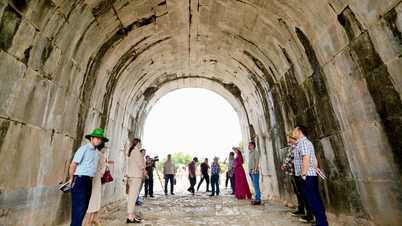

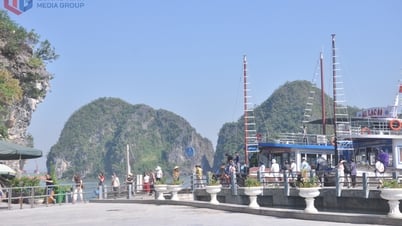



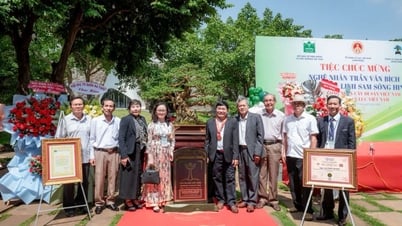











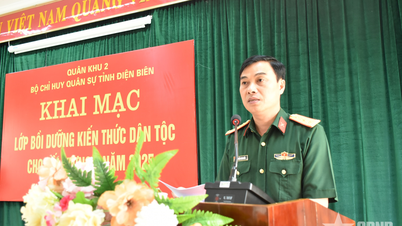













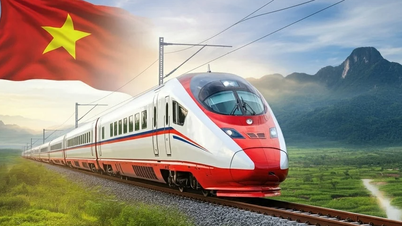
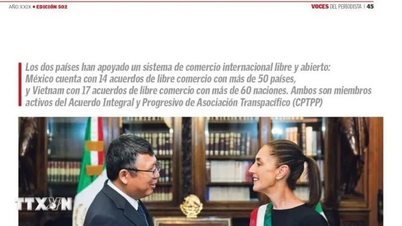
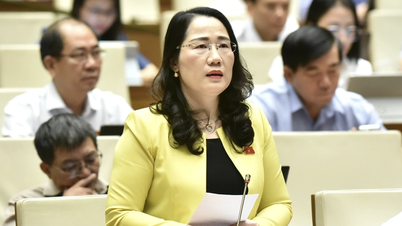
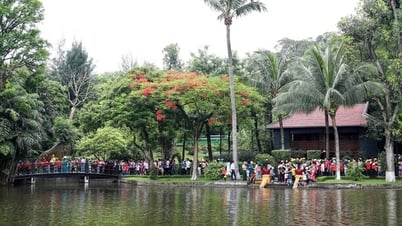

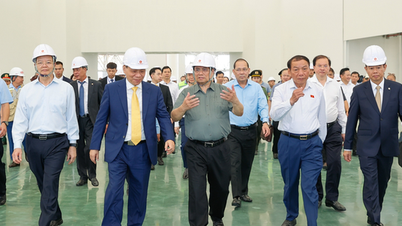
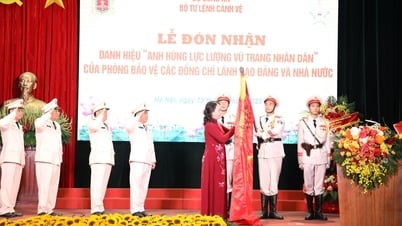


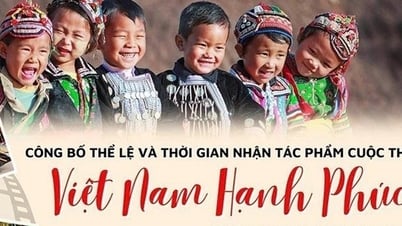
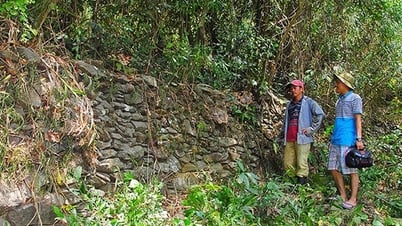
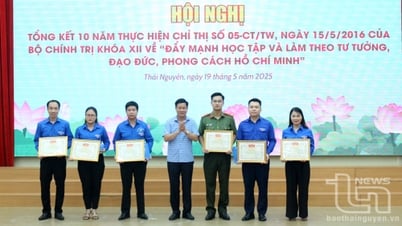

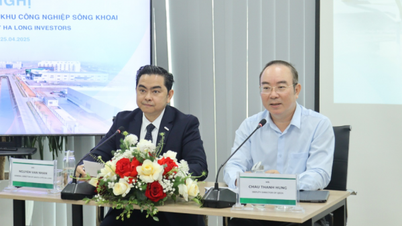


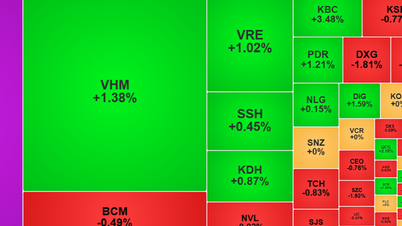
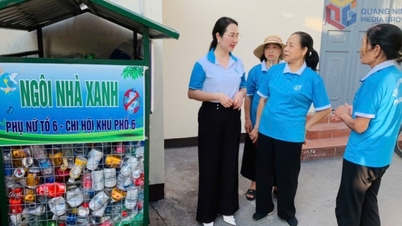


![[VIDEO] - Enhancing the value of Quang Nam OCOP products through trade connections](https://vphoto.vietnam.vn/thumb/402x226/vietnam/resource/IMAGE/2025/5/17/5be5b5fff1f14914986fad159097a677)







Comment (0)